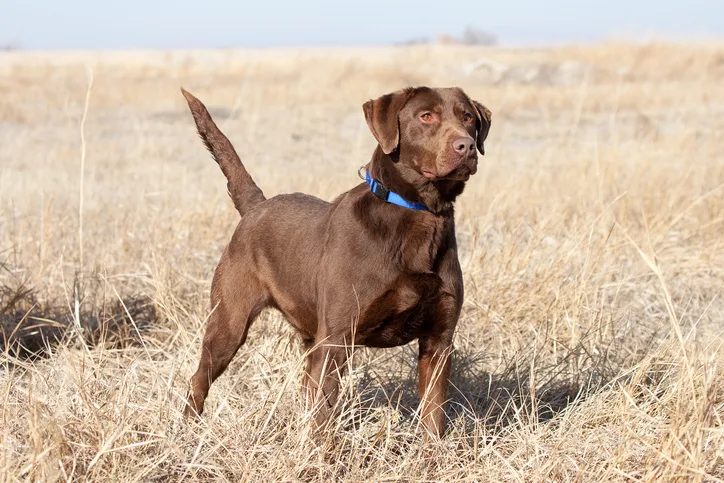
In the Literature
Pieper JB, Bowden DG, Berger DJ, Noxon JO, Grable SL, Campbell KL. Trichophyton mentagrophytes complex: a retrospective study of 64 dogs from the central United States (1997-2020). Vet Dermatol. 2023;34(4):310-317. doi:10.1111/vde.13160
The Research …
Dermatophytosis affects dogs worldwide, with the most prevalent causative fungal species depending on geographic location. The Trichophyton mentagrophytes complex, comprised of the teleomorph or anamorph phase, is the most common cause of dermatophytosis in India1; the second most common in Croatia, the United Kingdom, Iran, and Puerto Rico2-5; and the third most common in the southern United States, Brazil, and Italy.6-10 Rodents are the source of T mentagrophytes complex infection.
This study aimed to document occurrence of T mentagrophytes complex in the central United States and identify trends. Sixty-four dogs diagnosed with T mentagrophytes complex over a 23-year period were retrospectively identified from medical records of 2 universities. Breeds were organized into American Kennel Club breed groups. Clinical signs were categorized by the month in which lesions were noted, distribution of lesions, and body region affected. Topical and systemic treatments were evaluated.
Mean age was 4.4 years. The largest proportion of dogs was in the sporting group (43%), followed by the terrier group (20%). Lesions predominantly affected the muzzle (48%) and head (excluding pinnae; 21%). Localized distribution (42%) was most common, followed by multifocal distribution (38%) and generalized distribution (20%). Clinical signs were first noted most often in October and least often in June. When months were grouped into seasons, autumn (39.1%) had the highest incidence of onset of clinical signs.
Topical therapy (ie, shampoo, cream, dip) was administered to 53 dogs, sometimes as the sole treatment. Both topical and systemic (ie, ketoconazole, itraconazole, terbinafine) treatments were administered to 46 dogs. Systemic treatments did not differ significantly in time to first negative culture, duration of therapy, or clinical resolution. Griseofulvin was administered to 3 dogs but excluded from evaluation of systemic therapy because fungal cultures were not performed to verify resolution.
… The Takeaways
Key pearls to put into practice:
A higher incidence of T mentagrophytes complex was noted in the sporting group, predominantly in Labrador retrievers. This result could be expected, as this breed is commonly owned and used for hunting in the central United States. In previous studies, terrier breeds were most commonly affected, likely due to their inquisitive nature and instinct to chase small rodents.2,3
Lesions were most often found on the muzzle, an area likely to contact rodent burrows when a dog sniffs the ground. Although previous studies have not documented seasons associated with T mentagrophytes complex infection, lesions in this study were first noted most frequently in autumn, possibly due to increased rodent activity and density during this period.6,9
Systemic ketoconazole, itraconazole, and terbinafine had similar efficacy for treatment of T mentagrophytes complex in this study; however, ketoconazole has been reported previously as less effective for treatment of dermatophytosis.2 Topical therapy minimizes environmental contamination and prevents infection via fomites.
You are reading 2-Minute Takeaways, a research summary resource presented by Clinician’s Brief. Clinician’s Brief does not conduct primary research.